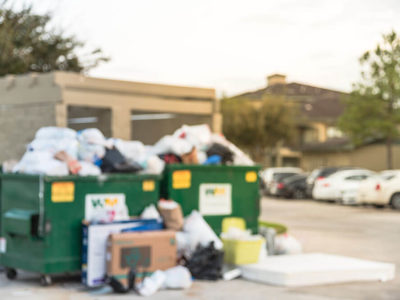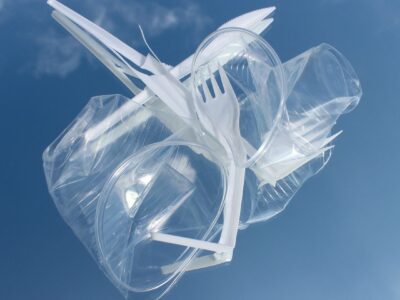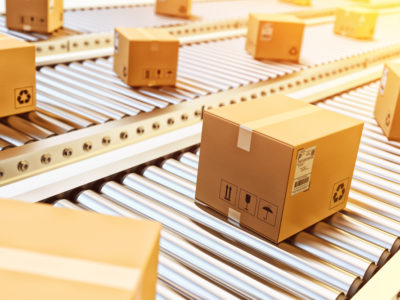Leo Baekeland likely had no idea what he’d done when he dropped his invention into the global market in 1907. Bakelite, the very first mass-produced synthetic plastic, reconfigured the universe in a way no one had ever considered was possible.
Maybe he even thought his invention would prove beneficial for mankind, because although it required natural resources to create, you can’t mine plastic – it’s not found in nature.
The word “biodegradable” wasn’t even added to the dictionary until the 1960s… and in the interim between plastic’s inception and the idea that synthetic materials may be harmful to the environment since they don’t naturally break down, plastic became a part of nearly every function of daily life.
Most of us don’t go for longer than a few hours without touching something plastic.
And although ecosystem (also only a word since the ‘60s) activists have been warning us for many years that while plastics are a huge danger, microplastics are even more insidious…
Policy makers and major corporations haven’t listened.
By the year 2025, experts are projecting that more than eleven billion metric tons will have accumulated in the environment globally.
And according to a recent report, 1,000 metric tons of microplastics fall on protected lands in the western U.S. every year. Protected lands like National Parks and wilderness areas.
Since the amount of microplastics produced in the world has risen 5% every year since 2017, when it was at 348 million…
It’s no surprise that out of all wet and dry samples taken from protected wilderness areas of the U.S., microplastics were found in 98% of them.
What Is Actually Happening?
98% of all samples is a huge number. Not to mention the 1,000 tons per year that accumulate in western National Parks.
First of all, it’s important to clarify some of our language…
Microplastics: tiny pieces of plastic that build up in the environment and cause pollution. They are typically classified as any type of fractile plastic less than five millimeters long.
Microfibers: Any kind of synthetic fiber (usually a combination of non-natural materials, including plastic, most often coming off of our clothes) that have a diameter of less than 10 micrometres.
So microfibers are typically a kind of microplastic.
Now, experts have a few theories regarding the build-up of microplastics and microfibers in protected wilderness areas.
- These areas tend to get decent and far-flung foot traffic, as people often travel to visit them in order to experience “untouched” nature. That means human beings walking through with plastic water bottles, plastic on their clothing, clothing made of synthetic materials, etc. Wilderness areas marked for conservation are becoming more touched by mankind than we think.
- Plastics and microfibers are being deposited in these places by weather – wind and rain. And that theory… well, it’s got legs.
Plastic in the Weather
As we discussed earlier, there are two kinds of samples in which scientists are finding plastics: wet and dry. That means there are two ways that they’re arriving in these protected lands: wind and rain.
You see, since plastics don’t biodegrade, they simply get smaller over time. Events like rainstorms, compactor destruction, natural erosion, and others break down plastic and synthetic fibers until they’re fine like dust – and then they can travel.
Storms gather, collecting particles from the affected atmospheres and soaking up water from bodies full of microplastics from erosion. When forests receive the rain they desperately need, they’re getting doused in microplastics at the same time.
While microplastics are being physically deposited through wet precipitation in larger pieces (though smaller overall amounts), even smaller pieces of microfibers in much higher quantities are being carried and dropped from sweeping winds.
And since these microplastics can be found in almost every ecosystem in the entire world, we’re in big trouble.
The buildup affects not only the immediate ecosystems in which they’re found, but also global biodiversity. Species ingesting microplastics and fibers will likely change, or die out, over time.
We have barely an understanding of the myriad ways that microplastics and fibers affect our personal health, the landscape of the world, the external functions of weather, and the internal functions of natural infrastructure.
But the call is clear: Find another way to accomplish the same things as plastic. Part of participating in capitalism consciously means spending money with this in mind. Do you have to buy new? Can you barter in your community? Can you spend money on only recycled materials? Can you buy clothing with only naturally-occurring materials? Can you lobby your local senators and congressmen to vote down bills easing corporate regulations?
Every person is as useful as they believe they are.
You May Also Like…




